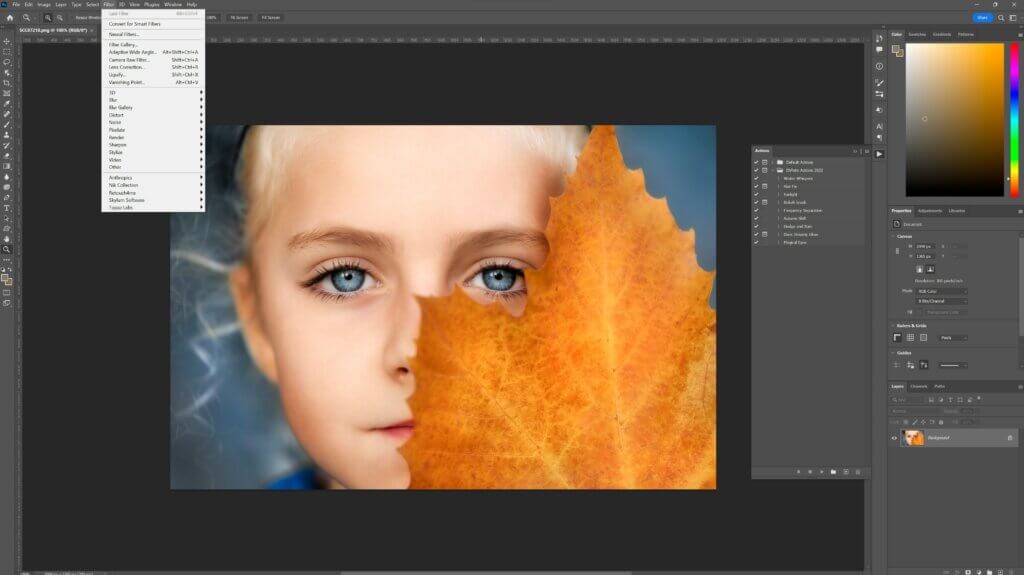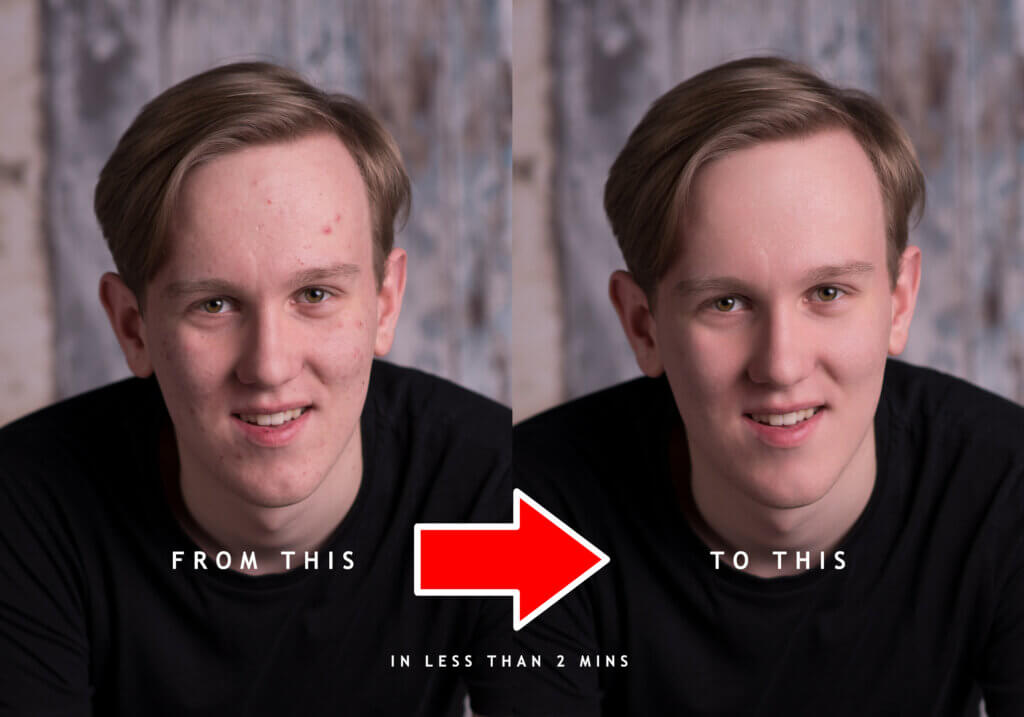As a natural light portrait photographer, you may face specific challenges while shooting outdoors.
Here are some common Natural light Portrait photography challenges and how to overcome them!
Harsh Light: Shooting under direct sunlight can lead to unappealing harsh shadows and overexposed highlights accentuating skin flaws in your subjects. Furthermore, strong light reflecting off differently colored surfaces can cause issues like yellow or green casts (or other colors, depending on the location). To combat these issues, I recommend shooting during the “golden hours” of early morning or late afternoon. During these times, the light is softer and more diffused, offering up to eight or more hours of great lighting throughout the day. I also seek out opportunities for indirect light in different locations, extending my shooting times.
It’s important to note that these shooting times aren’t static and can vary depending on the geographic location and season. For example, I’ve discovered amazing light in the middle of the day in mountainous areas. There are many ways to find indirect light patterns throughout the day. However, if shooting in harsh light is unavoidable, consider using a reflector or diffuser to soften the shadows, or use strobes.

Limited Light (Only sometimes): Shooting in low light can be challenging, but it can also create a beautiful, moody atmosphere for your portraits. Try shooting with a wider aperture and slower shutter speed to let more light into your camera. You can also use a higher ISO, but be aware that this can result in more noise in your images. It’s one of the many reasons why my lens lineup is based on prime lenses with wide apertures! It gives me the flexibility of shooting in lower light, keeping isos down, and shooting faster shutter speeds!

Changing Light: Light can change as the weather changes and why I tend to shoot a couple of hours after sunrise or before sunset. Shooting in manual mode and adjusting your settings as the light changes is good practice. Llock in 2 of the 3 points of the exposure triangle, changing one variable is really easy. When you understand my methods of finding light those changes will be less noticable.
Inconsistent Backgrounds: When shooting in natural light, your backgrounds can be inconsistent. This is often due to shooting times and composition. Backgrounds that are brighter than the main subjects as in the example below. Picking the correct times of the day and locations will dramatically change backgrounds! You can also use a longer focal lengths to isolate portions of a scene with even light patterns. Moving your subjects to more consistent backgrounds or shoot from different angles helps minimize distractions.

Unpredictable Weather: We can be subject to unpredictable weather conditions, which can affect the lighting and mood of your portraits. Check the weather forecast before your shoot and bring rain gear or alternative shooting locations if necessary. Use weather conditions to your advantage, such as shooting in foggy or overcast conditions for moody and dramatic images.

By understanding these common challenges and using these tips, you can become a more successful natural light portrait photographer and create beautiful, compelling portraits in any situation. Remember to be patient, experiment with different techniques, and always be willing to learn and adapt to new situations to capture stunning natural light portraits!


